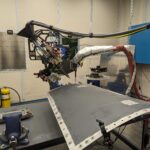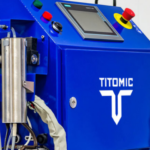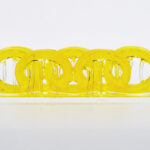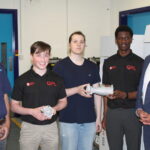In a surprising discovery, MIT researchers found that metals subjected to high-velocity impacts become stronger when heated. This contradicts the well-known behavior of metals softening at high temperatures.
The study, published in Nature, involved firing microscopic sapphire particles at metal targets at velocities of several hundred meters per second. This method isolated the impact’s mechanical and thermal effects.

The hotter the metal, the higher the rebound velocity of the particles, indicating increased surface strength. This challenges decades of research conducted at lower impact velocities.
This finding has significant implications for designing materials used in extreme environments. It could lead to stronger spacecraft shields, hypersonic aircraft components, and equipment for manufacturing processes like metal 3D printing.
The researchers believe this effect applies to various metals and are exploring its cause. Their analysis suggests a complex interplay between different deformation mechanisms within the metal’s crystalline structure.
This study highlights the limitations of extrapolating material behavior at extreme conditions from observations at lower extremes. It underscores the need for further research on material properties under high stress and temperature.
The findings could revolutionize material selection for applications encountering extreme forces, potentially making previously unsuitable metals viable options. The research team’s techniques can be applied to study other materials and situations, leading to advancements in a multitude of fields.
You can read the research paper, titled “Metals strengthen with increasing temperature at extreme strain rates” at this link.
Source: news.mit.edu










